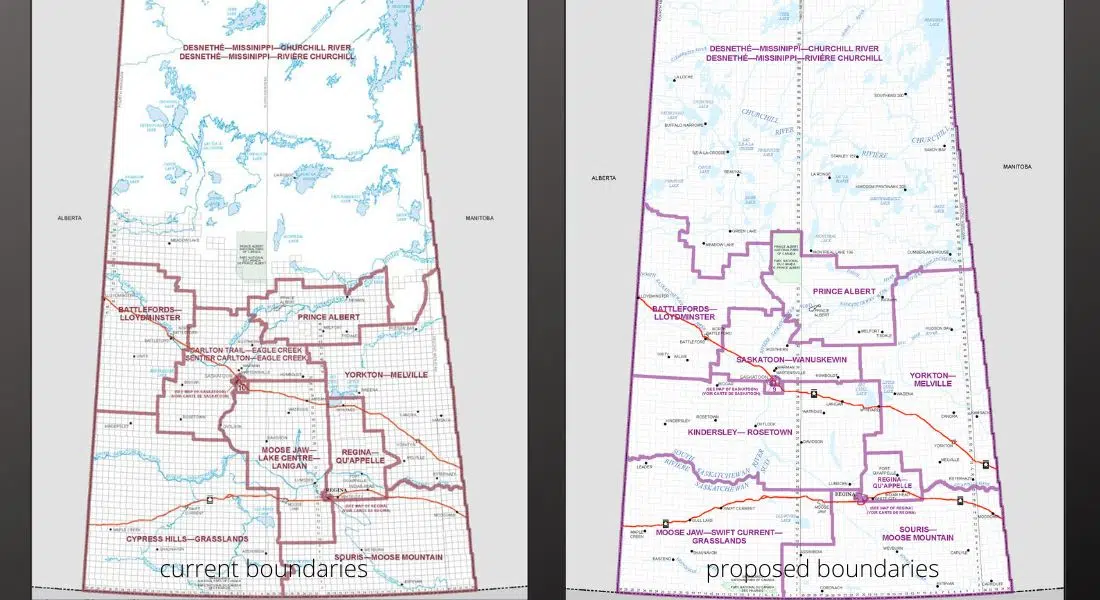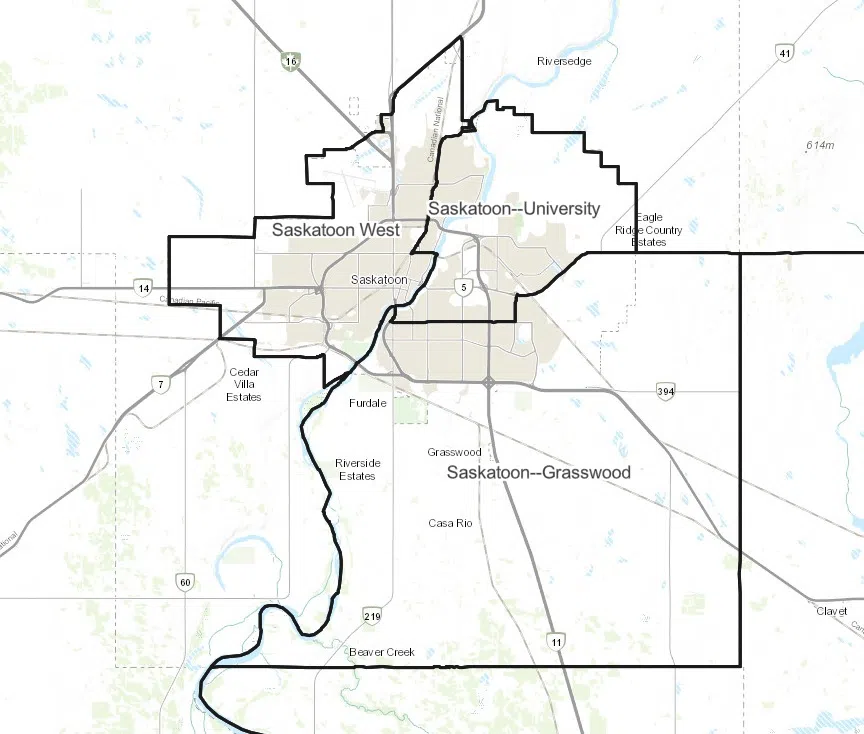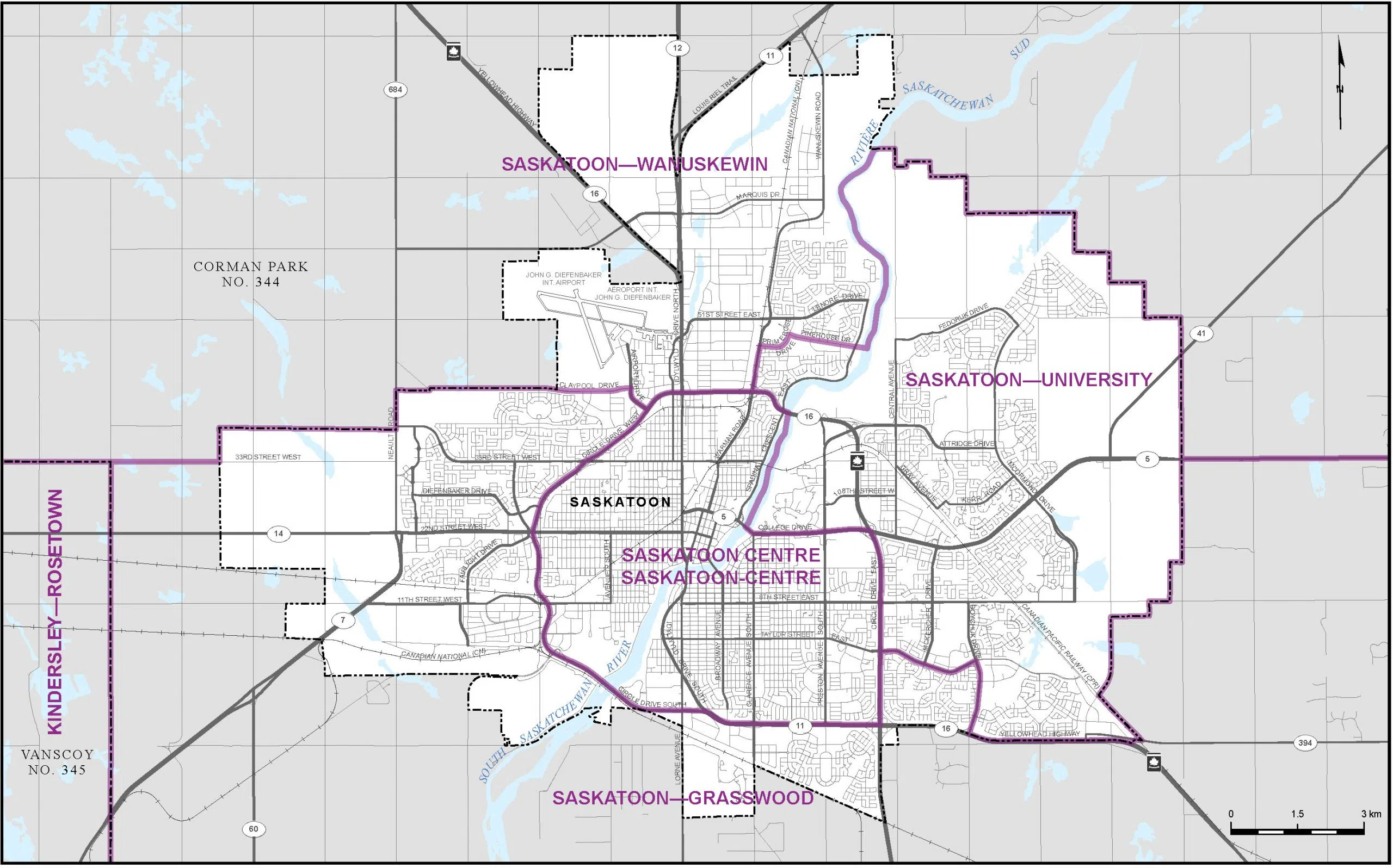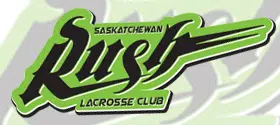
The long process has begun to get the federal election boundaries in place, something that is done every ten years. The independent Commission in Saskatchewan has released its proposal and public hearings have taken place, but there are still many steps before anything becomes official.
Chair of the Commission, Justice Georgina Jackson, says there are three main areas of change. Saskatoon’s population has grown significantly, the Southwest is seeing a decrease and the northern riding of Desnethé-Missinippi-Churchill River is large and sparsely populated.
The proposal for Saskatoon is to add another riding which would be a completely urban riding called Saskatoon Centre. Saskatoon-West would become Saskatoon-Wanuskewin and would include north Saskatoon along with Martensville, Warman and Humboldt. Saskatoon-University would remain with extended borders, and Saskatoon-Grasswood would represent areas west and south of Saskatoon Centre.
In the Southwest, because of decreasing populations, Cypress Hills-Grasslands and Moose Jaw-Lake Centre-Lanigan would be re-oriented east and west along the South Saskatchewan River, rather than north and south. Jackson explains that if the orientation continued north and south for Cypress Hills-Grasslands, it would have to increase its size to 92,400 kilometres square to meet its population quota of around 81,000 people.
The third major change would be straying from having relatively equal population for each riding, and making Desnethé-Missinippi-Churchill River Churchill smaller. Right now it spans the whole northern half of the province.
current Saskatoon boundaries map

proposed Saskatoon map

























